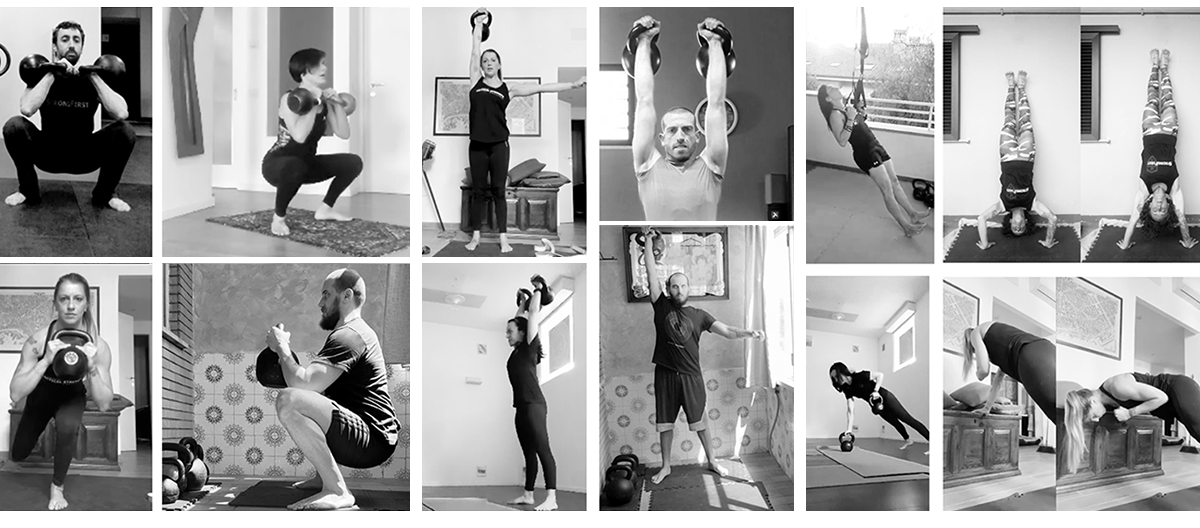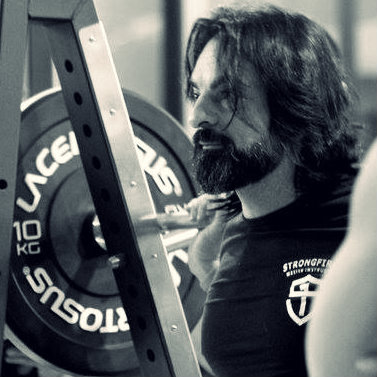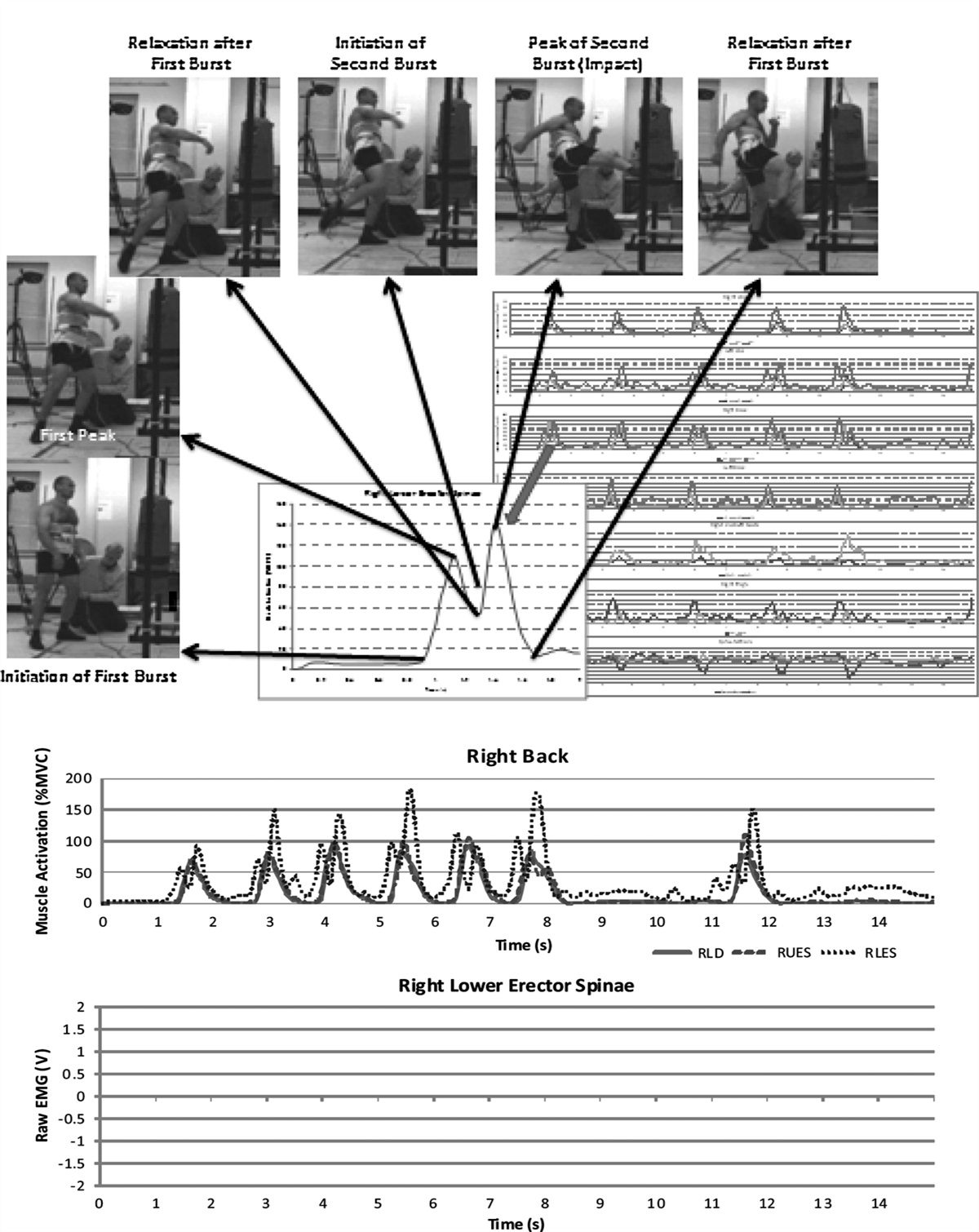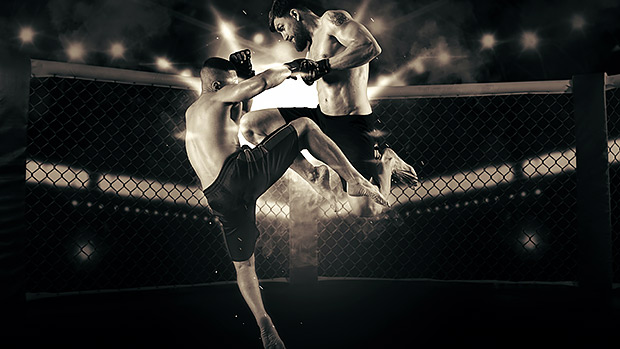Powerlifters try to lift the most weight possible but for non-powerlifters who just want better sport performance, is the technique different?
Technique
What do you mean by Technique?
As an example, do you mean performing the Squat with a Low Bar position on you back and something like a Wide Stance Squat?
Performing a Bench Press with a Back Arch and allowing the Bar to touch lower on the chest?
Performiing a Sumo Deadlift or Powerlifting Conventional Deadlift by initiating the drive off the floor with the lower back or performing an Olympic Deadlift, by driving the weight off the floor with the Legs?
The Powerlift Movement enable an individual to push/pull more weight by alternation Technique to change the leverage.
Development of Technique
Research has demonstrated that Technique Development for lifting is optimized...
1) When Technique is performed first or on a days specifically set aside for it.
2) With Loads of 85% plus of 1 Repetion Max.
The use of lighter loads with more repetition does not elicit Technique Development in a Heavy Movement.
The Muscle Firing Sequence and Rate Coding of inneration of the Musle Fiber Firing Sequence is different.
Baseball Batter Analogy
Practing hitting a 60 mph Ball make you good at hitting a 60 mph hour pitch; not hitting a 90 mph pitch.
To learn to hit a 90 mph pitch, you need to practice hitting 90 mph pitches.
With that said, to learn to hit a 90 mph pitch, you need to start out learning to hit a 60 mph pitch.. Once that is achieved, work your way to the 90 mph pitch.
That principle applies with learning Technique with a Lift, Movement.
3) Repetition of 1-2 Per Set.
This minimizes Muscle Fatigue which produce the development of Poor Technique.
4) The termination of the Technique Movement once Muscle Fatigue set in.
Sports Performance Strength Training
Compound-Multi Joint Exercise are the most effective at developing Strength for Sports.
Thus, Movements other than Powerlift Movement are also effective; High Bar Full Squat Olympic Squats, Olympic Deadlift, etc.
Maximum Strength Training
Maximum Strength is developed with load of 85% of 1 Repetion Max with Low Repetitions (1-3 and never more than 5) per Set.
Rest Periods of 3 minutes or longer between Heavy Sets. Recovery is vital. That mean if you have not completely recovered before a Heavy Set, rest until you have.
These Strength Training Rules apply to Maximum Strength Training with any Exercise Movement.
In deadlift dynamite, i read about pulsing- will it help for non-powerlifter athletes.
Deadlift Dynamite Pulsing
Define this.
If by Pulsing your are referring the below...
Yes, Pulsing allows you to increase Strength.
A great example fo a Pulsing Movement is the Kettlebell Swing; more on that below..
Pulse Training
Evidence of a Double Peak in Muscle Activation to Enhance... : The Journal of Strength & Conditioning Research
mize speed and strike force. When muscle contracts, it increases in both force and stiffness. Force creates faster movement, but the corresponding stiffness slows the change of muscle shape and joint velocity. The purpose of this study was to investigate how this speed strength is accomplished...

journals.lww.com
"...the paradox of muscle contraction to optimize speed and strike force. When muscle contracts, it increases in both force and stiffness'."
"Many of the strikes intend to create fast motion and finish with a very large striking force, demonstrating a "double peak" of muscle activity. An initial peak was timed with the initiation of motion presumably to enhance stiffness and stability through the body before motion. This appeared to create an inertial mass in the large "core" for limb muscles to "pry" against to initiate limb motion. Then, some muscles underwent a relaxation phase as speed of limb motion increased. A second peak was observed upon contact with the opponent (heavy bag). It was postulated that this would increase stiffness through the body linkage, resulting in a higher effective mass behind the strike and likely a higher strike force. Observation of the contract-relax-contract pulsing cycle during forceful and quick strikes suggests that it may be fruitful to consider pulse training that involves not only the rate of muscle contraction but also the rate of muscle relaxation."
Matveyev (9) showed that elite athletes could have a muscle relaxation time of up to 8 times faster than nonathletes. The same work suggested that although relaxation rate is difficult to train, the release of an isometric contraction into full relaxation and speed of movement is the most effective training method.
...nor are only elite MMA athletes capable of this feature. They simply constitute an interesting study group to document the phenomenon.
...we have observed similar “pulsing” of activation in other elite sportsmen, including golfers and sprinters (10).
With that in mind, let's look at one method of employing it in Resistance Training...
Kettlebell Swings Plus Training
Not many people talk about these methods for getting faster and more powerful. Let's fix that.

www.t-nation.com
How to Train for Rapid Relaxation
The kettlebell swing can be used for developing the skill of pulsing contraction followed by rapid relaxation. Here's how:
- A burst of energy or "pulse" is used to begin the swing.
- Once the swing is around chest height, rapid relaxation must occur to re-hinge the hips and guide the kettlebell back between the legs.
- Another pulsed contraction is used to start the beginning of the next swing.
- Then the kettlebell swings go in a continuous cycle of turning on and turning off certain musculature in the right sequence to create pulsing contractions. That develops the ability to produce power.
Understanding "The Contract-Relax-Contract Pulsing Cycle" of Training
Understanding the mechanism/concept behind this "Pulse Training Method" allow write a program and apply it with other Resistance Training Exercises or in training other sports, like grappling.
Yes
The purpose of hissing is to increase intra-abdominal pressure.




